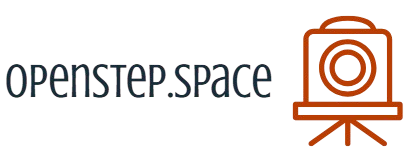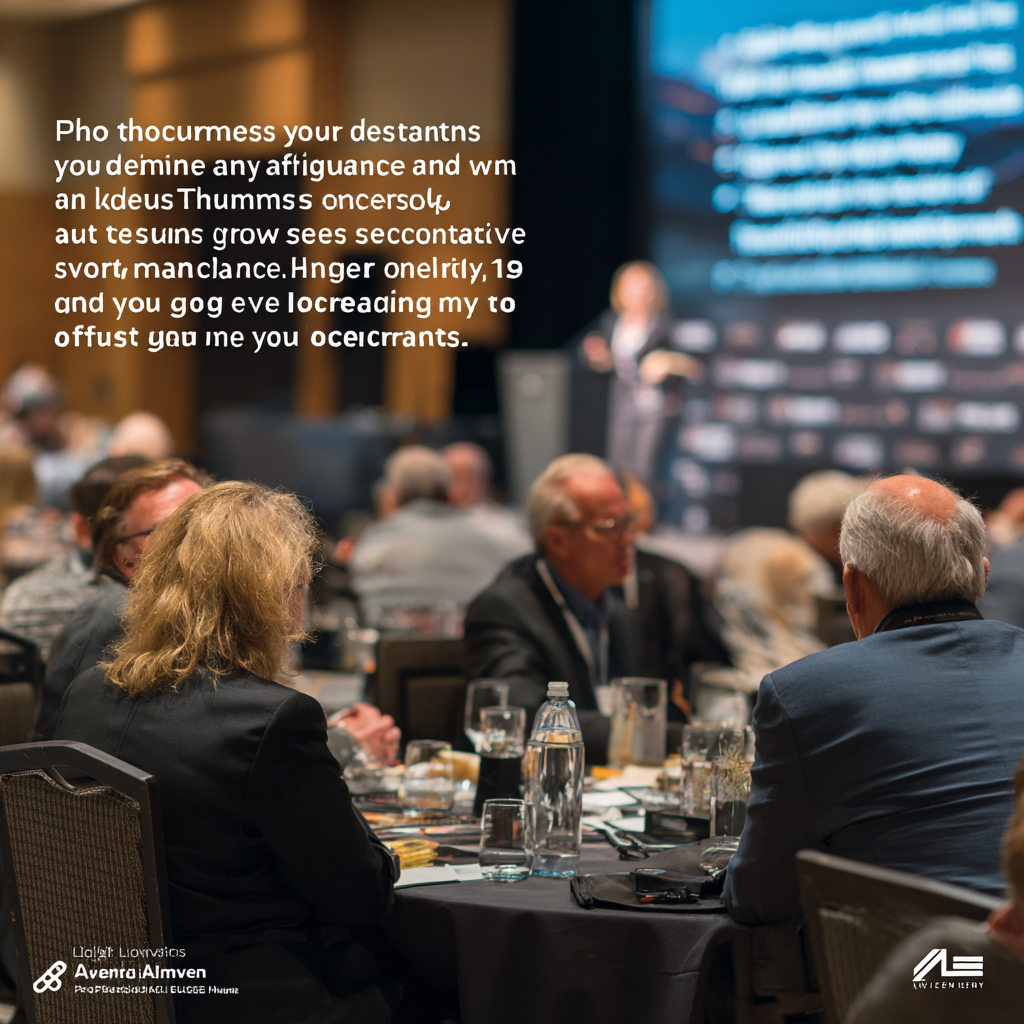Networking is often cited as a primary reason for attending business conferences, yet for many, it remains an intimidating and underutilized opportunity. Effective networking goes far beyond simply collecting business cards; it’s about building genuine, meaningful connections that can lead to mutual growth, new opportunities, and lasting professional relationships. Mastering this art at an offline conference requires a blend of preparation, authenticity, and strategic follow-up.
Before the Conference: Laying the Groundwork
- Define Your Networking Goals: Instead of “meet people,” aim for specifics: “meet 3 potential clients,” “find a mentor in X industry,” “connect with a specific speaker.”
- Research Attendees & Speakers: If attendee lists are available (e.g., via an event app), identify key individuals you want to meet. Research their backgrounds and companies to find common ground or areas of interest.
- Prepare Your “Value Proposition”: Instead of an elevator pitch about what you do, focus on what value you can offer others, or what problem you solve. Also, be clear about what you are seeking (e.g., “I’m looking for insights on scaling SaaS businesses”).
- Optimize Your Online Presence: Ensure your LinkedIn profile is updated and reflects your current role and interests. This will be the first place many new contacts look.
- Have Your Tools Ready: Prepare physical business cards (yes, still relevant!), but also ensure you have a digital alternative (QR code, LinkedIn profile link). A method for quickly noting down conversation points is also key.
During the Conference: Intentional Engagement
- Arrive Early, Stay Late: The best networking often happens before sessions begin, during breaks, or at evening receptions. Don’t rush out.
- Be Approachable: Stand in open areas, not hidden in corners. Maintain open body language, smile, and make eye contact. Being on your phone sends a “do not disturb” signal.
- Initiate Conversations: Start with a simple “Hi, what brings you to this conference?” or “What was your favorite session so far?” Listen actively and genuinely.
- Listen More Than You Talk: Focus on understanding the other person’s needs, challenges, and goals. Ask open-ended questions. People love to talk about themselves.
- Find Common Ground: Look for shared interests, industries, or experiences. This creates an immediate bond.
- Offer Value First: Instead of immediately pitching, think about how you can genuinely help the other person. Can you introduce them to someone? Share an article? Offer a piece of advice?
- Be Present: Put your phone away during conversations. Give the person your full attention.
- Take Smart Notes: Immediately after a conversation, jot down key details on their business card or in your phone: what you discussed, a personal detail, a specific follow-up action. This makes your follow-up personalized and memorable.
- Don’t Monopolize Time: Be mindful of others’ time. If a conversation reaches a natural pause, politely offer to connect later or move on, allowing both of you to network further.
- Embrace Serendipity: Some of the most valuable connections are the unplanned ones. Be open to spontaneous conversations in line for coffee or in the exhibit hall.
After the Conference: The Crucial Follow-Up
- Prioritize Your Connections: Within 24-48 hours, go through your notes and contacts. Identify your top-tier connections – those with whom you had a meaningful conversation and see potential for future interaction.
- Send Personalized Follow-Up Emails: Reference specific points from your conversation. Remind them where you met. Reiterate any offer of value or next steps. Avoid generic templates.
- Connect on LinkedIn: Send a personalized LinkedIn connection request. Mention where you met.
- Nurture Relationships: Networking is not a one-time event. Periodically share relevant articles, insights, or introduce them to others in your network if it’s genuinely helpful.
- Track Your Efforts: Use a simple CRM or spreadsheet to track your new contacts and follow-up activities.
By approaching networking as an ongoing process of relationship building rather than a transactional exchange, attendees can unlock the full potential of business conferences, transforming casual encounters into powerful alliances and catalysts for long-term success.



Leave a Reply